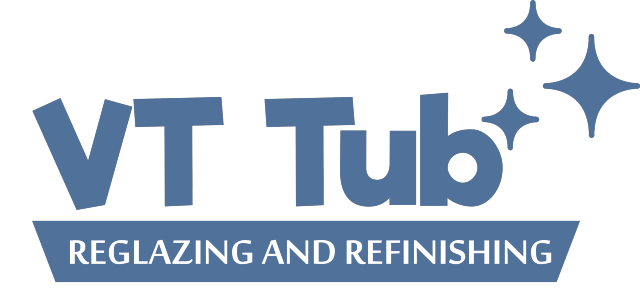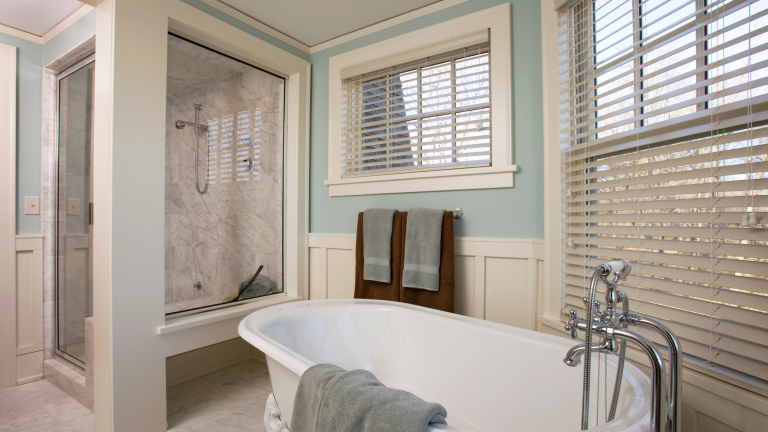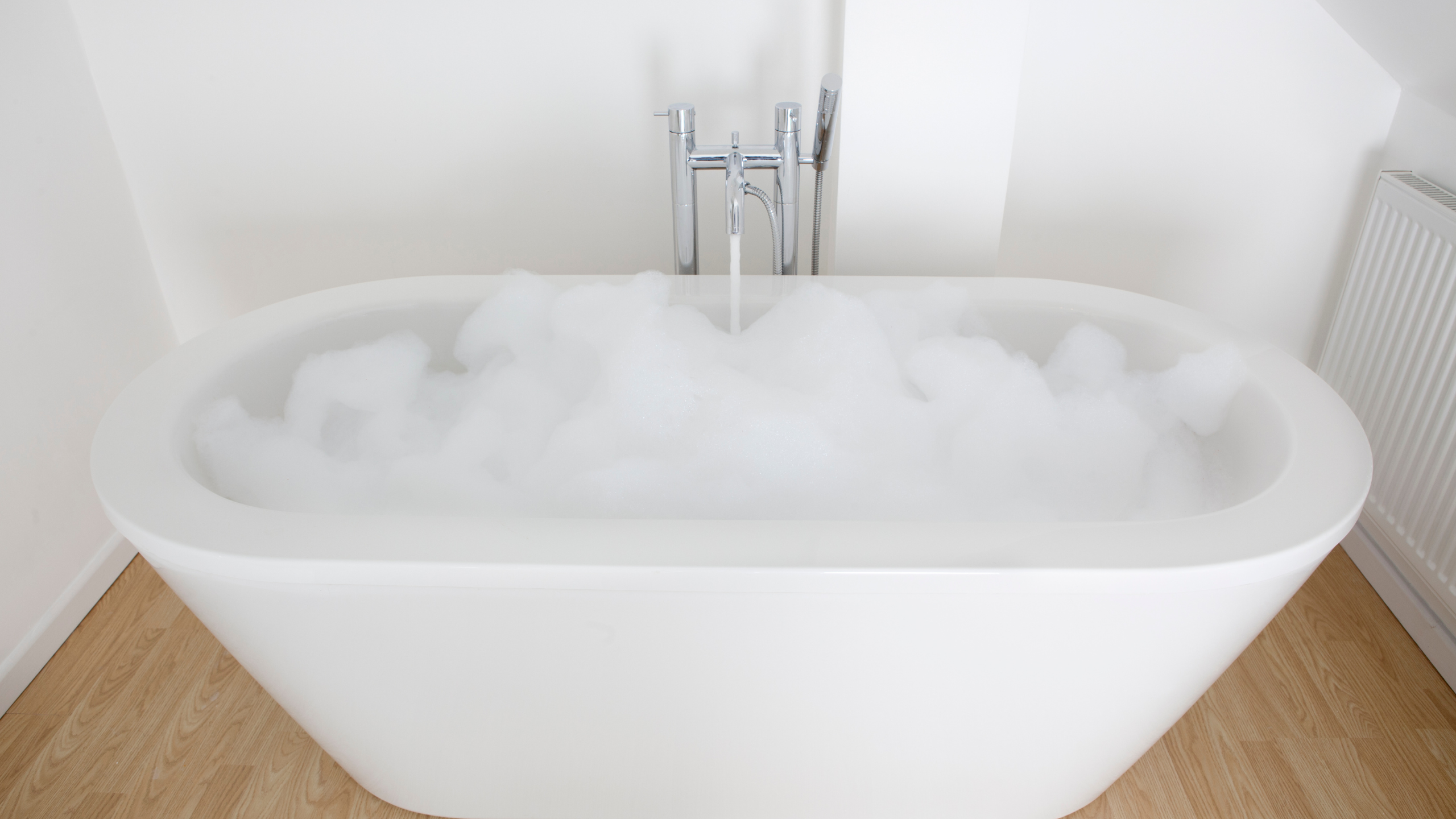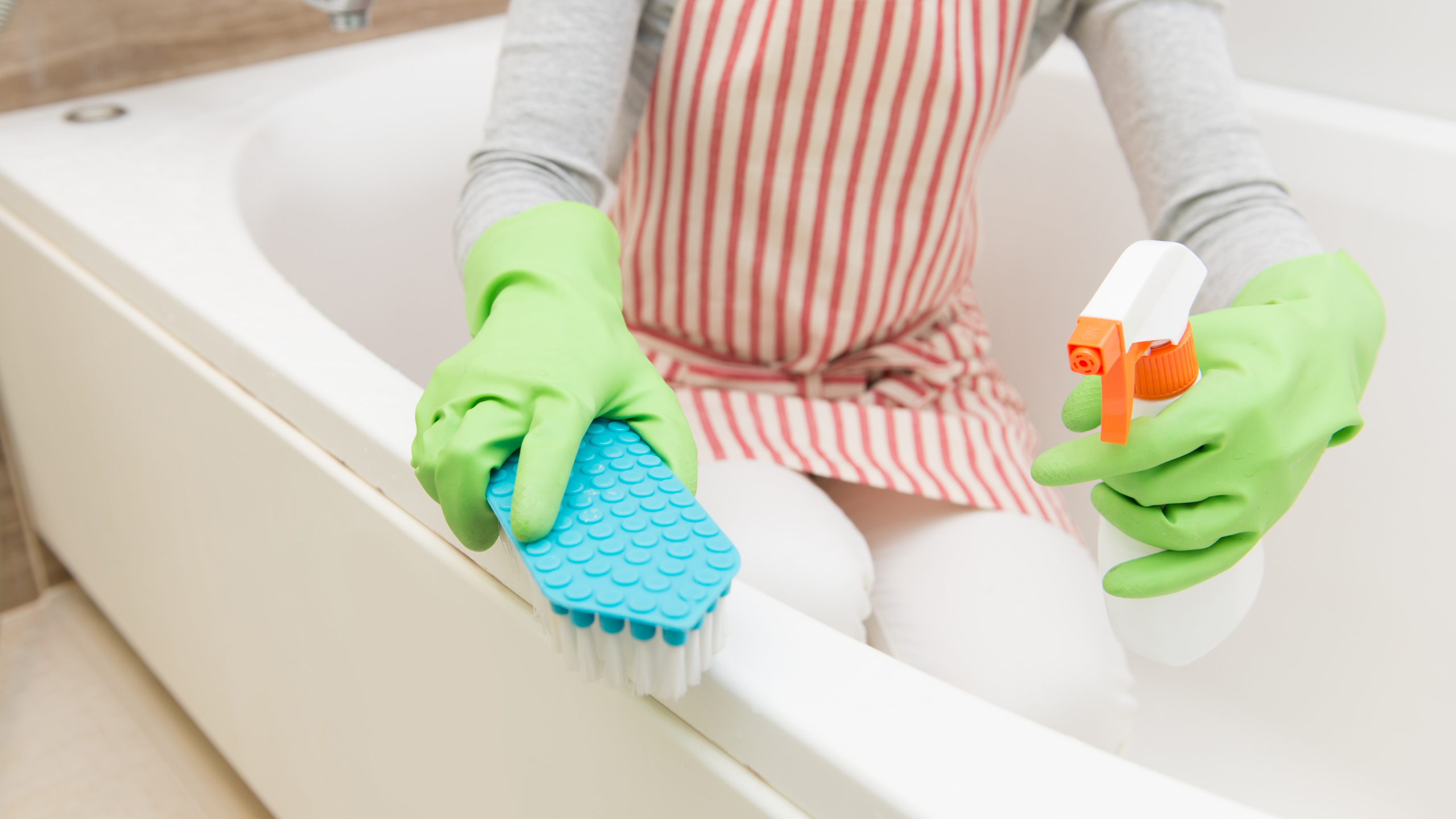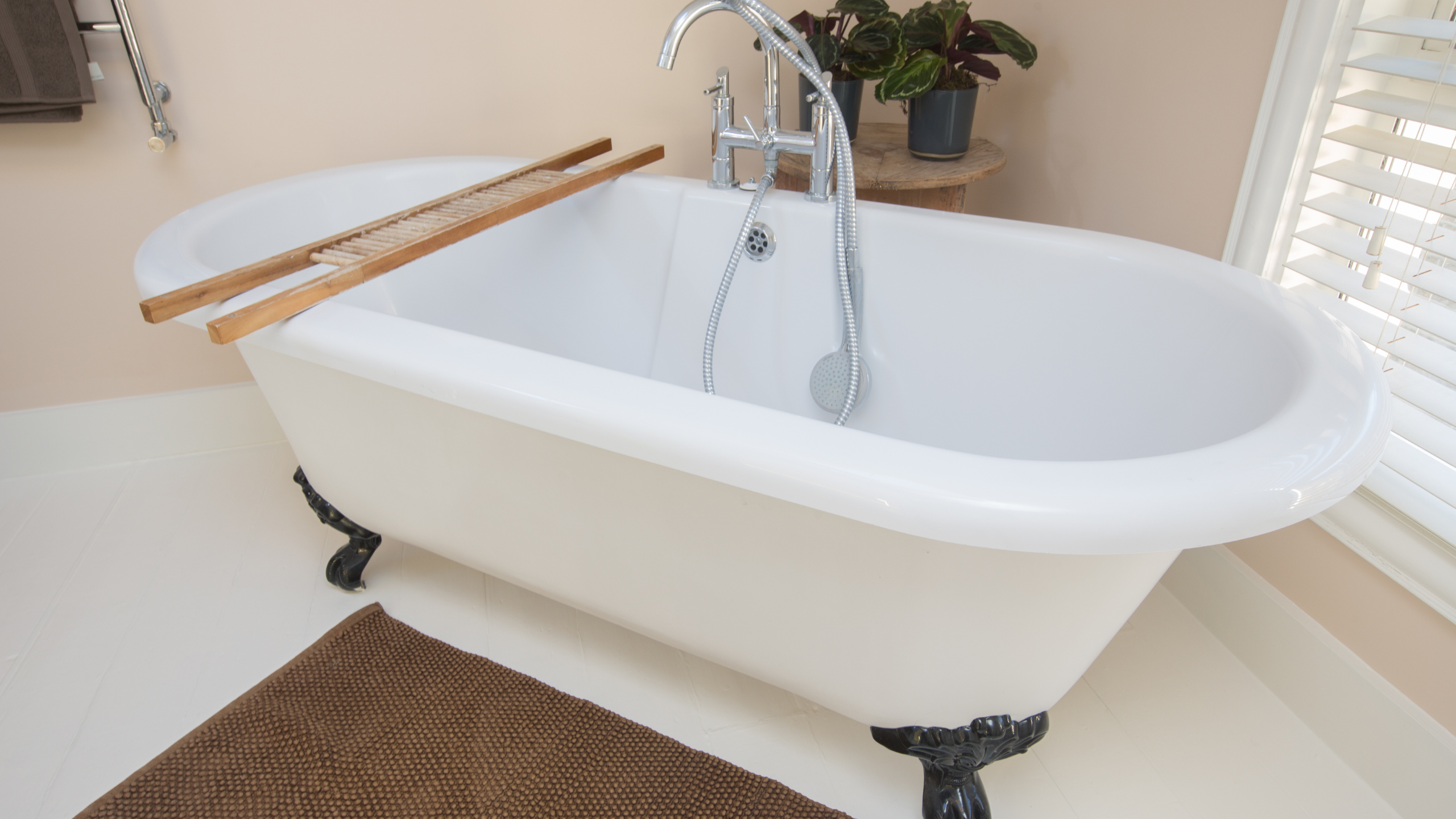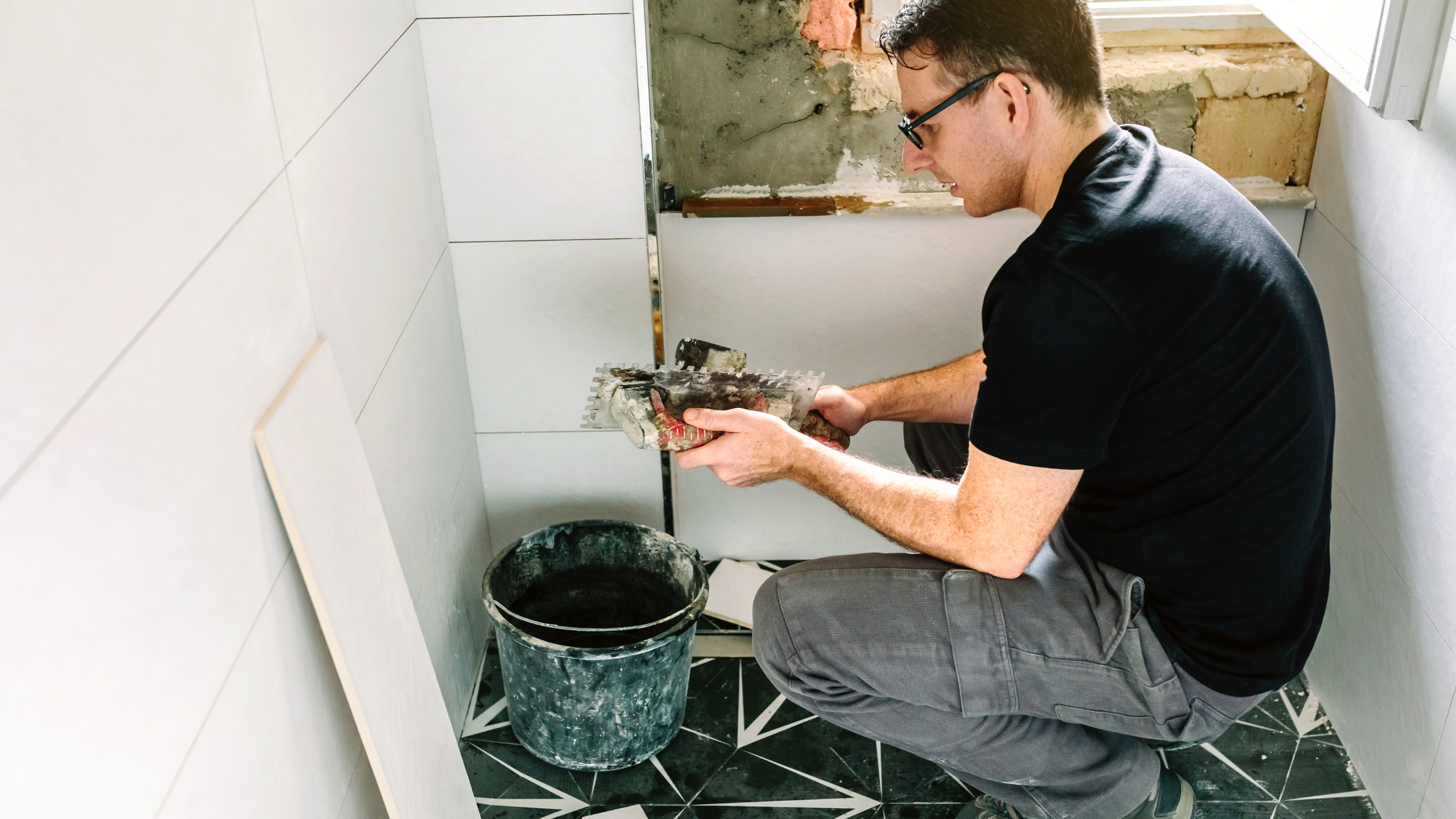Reglazing your bathtub gives it a brand-new appearance, like a makeover that breathes life into it. It’s cost-effective and eco-friendly because you don’t need a new bathtub. The old surface is cleaned, repaired, and coated with a durable finish to enhance its look and feel during reglazing. Reglazing is renowned for modernizing old bathtubs without breaking the bank or taking too much time. However, it’s crucial to grasp its limitations and the process involved to ensure long-lasting results. Visit https://www.lakewood-tub-reglazing.com/ for more details
How Long Does It Take to Refinish a Bathtub?
Reglazing your bathtub is much quicker than getting a new one. Buying and installing a new tub can take weeks or months, but reglazing is typically completed in a day or two. This speedy process is especially beneficial for homeowners who want to improve their bathrooms without causing significant disruption. However, it’s essential to proceed with caution during reglazing. Rushing through the preparation and drying steps may result in a subpar outcome that only lasts for a short time. Therefore, taking your time during the process is crucial to ensure your bathtub looks fantastic for an extended period.
How Long Will a Bathtub Refinish Last?
The lifespan of a reglazed bathtub depends on factors such as the quality of materials, the technician’s skill level, and your maintenance efforts afterwards. A reglazed bathtub can remain in good condition for 5 to 10 years if properly cared for. Regular cleaning with gentle products and avoiding harsh chemicals are essential to preserve its appearance and shine. By taking these steps, your refurbished bathtub can continue to satisfy you for years.
9 Common Problems with Bathtub Refinishing & Reglazing (and How to Avoid Them)
Reglazing your bathtub can save you money compared to getting a new one, but it can also come with some challenges. Here are nine common problems that can happen during bathtub reglazing and how to deal with them:
1. Peeling or Bubbling: Ensure the surface is clean and fix any issues before applying the coating to prevent it from coming off.
2. Uneven Finish: Thoroughly clean and sand the bathtub to ensure the new coating goes smoothly and evenly.
3. Discoloration: Use coatings resistant to UV rays to prevent the bathtub from turning yellow or fading over time.
4. Chemical Sensitivity: Use coatings specifically made for reglazing bathtubs and avoid strong cleaners that can damage them.
5. Cracks or Chips: Repair any damage on the bathtub before reglazing to ensure a flawless appearance.
6. Odor: Maintain good ventilation during reglazing to eliminate strong smells.
7. Dust or Debris: Work clean to prevent dust or dirt from ruining the new coating.
8. Water Damage: Fix any leaks or water damage around the bathtub before reglazing to prevent future issues.
9. DIY Mistakes: Hiring a professional ensures the job is done correctly for lasting results.
Reglazing might not be suitable for heavily damaged or weakened bathtubs, in which case, getting a new one may be necessary. Before deciding to reglaze your bathtub, carefully inspect its condition. If it’s severely damaged or weakened, reglazing might not yield satisfactory results, and additional repairs or a new bathtub may be needed. Consulting with a professional reglazing expert can help determine the best course of action for your bathtub.
Conclusion
Reglazing is a practical and budget-friendly method to restore the appearance of ageing bathtubs, though its effectiveness can vary. It’s crucial to recognize the limitations of reglazing, especially if your bathtub is severely damaged or prone to issues like peeling or colour changes. By understanding these constraints and maintaining your bathtub regularly, you can continue to enjoy the advantages of reglazing for an extended period.
